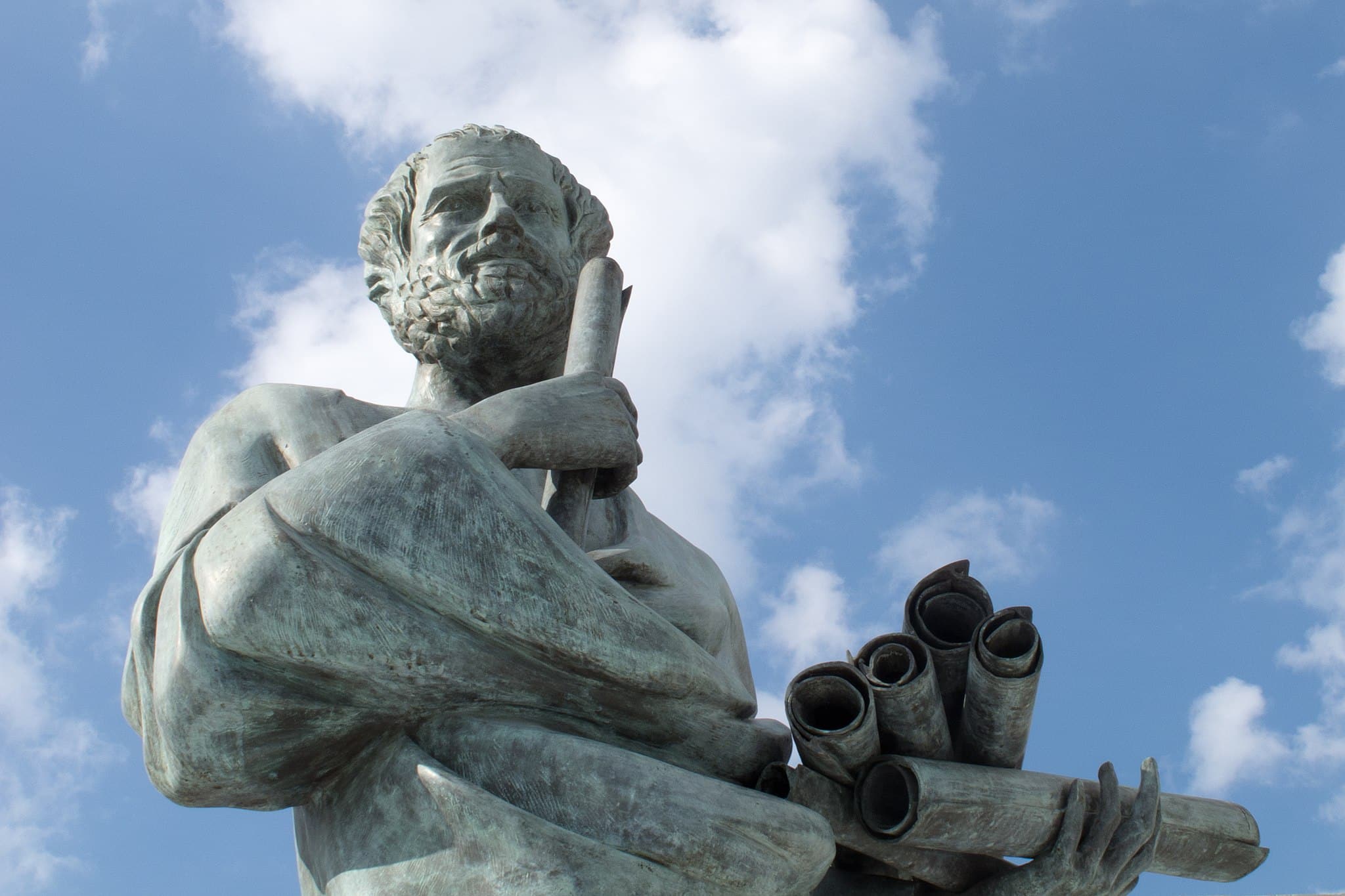

For centuries, the relationship between Aristotle and Newton’s third law has been seen as a tale of contrast—ancient philosophy versus modern science. Yet a closer look reveals that Aristotle’s nuanced insights into action and reaction anticipated complexities that Newton’s third law could not fully encompass.
People often perceive the history of scientific progress as a linear journey—each new theory replacing an outdated predecessor. Yet history is rarely so straightforward. Few examples better illustrate this complexity than the remarkable foresight of Aristotle regarding what we now call Newton’s Third Law of Motion. Far from being a relic of outdated thought, Aristotle not only recognized the principle that action and reaction are related but also understood the subtle nuances that Isaac Newton’s more rigid formulation overlooked. Centuries later, modern physics would vindicate Aristotle’s insights.
Long before Newton, Aristotle saw that interactions between objects involve reciprocal influences. In his work On the Generation of Animals, Aristotle noted that “the agent also suffers from the patient.” He emphasized that the entity causing change is itself affected—a concept echoing the essence of Newton’s third law: For every action, there is an equal and opposite reaction.
Yet, Aristotle went further. He identified instances where this reciprocity is not perfectly symmetrical or immediate, such as in processes of cutting or heating. When a knife cuts wood, the wood resists and dulls the blade, but not always with equal immediacy or intensity. Likewise, when heat transfers from a flame to metal, the process isn’t an instantaneous or equal exchange.

Newton’s third law, as set out in his work Principia Mathematica, became a cornerstone of classical mechanics due to its predictive power and simplicity. Engineers and physicists found it invaluable for solving problems in mechanics, from predicting planetary motions to understanding collisions. Its clarity left little room for doubt, which contributed to its dominance.
However, Newton’s statement subtly assumed ideal conditions, perfectly rigid bodies, frictionless environments and instantaneous interactions. These were oversights that Aristotle’s nuanced view had already accounted for.

Thomas Taylor, a British philhellene translator and Neoplatonist philosopher, was among the first modern thinkers to re-examine Aristotle’s works with fresh eyes. In his commentary on Aristotle, Taylor pointed out that the Stagirite (Aristotle) understood not only the principle of action and reaction but also its exceptions. Taylor noted how Aristotle recognized that in complex systems, the equality Newton assumed does not always manifest visibly or immediately.
Adding scientific weight to this philosophical observation, Thomas Young—a British polymath known for his work in optics and mechanics—echoed Aristotle’s skepticism of the law’s absoluteness. Young observed that in processes like heating and cutting, the reciprocal effects often occur over different timescales or intensities. Yet despite Young’s reputation, the scientific community largely overlooked these insights. Newtonian mechanics, with its elegant equations and immediate practical utility, had already solidified its grip on the scientific imagination.

Ironically, as physics advanced beyond Newton, it began to confirm what Aristotle had suggested over two thousand years earlier. In thermodynamics, friction and quantum mechanics, scientists now observe complex fields and energy exchanges shaping forces and reactions. Also in quantum field theory and relativistic frameworks, interactions can involve delays, nonlocality and asymmetries that Newton’s third law, in its classical form, cannot fully capture.
In his 2011 paper, the Portuguese physicist Mario J. Pinheiro discusses instances in which Newton’s Third Law appears violated. He examines potential violations of Newton’s Third Law in systems out of equilibrium. He proposed that in such systems, an additional difference in disorder in a particle’s momentum could lead to the breakdown of the action-reaction principle.
Researchers Alexis Poncet and Denis Bartolo examined how nonreciprocal interactions in driven soft matter can defy Newton’s Third Law. In their 2021 work, they demonstrated that in elastic crystals with nonreciprocal interactions, traditional action-reaction pairs are disrupted, leading to novel mechanical behaviors.
Thus, Aristotle’s “revenge” upon Newton lies not in proving his law wrong but in revealing its limitations. Modern Physics acknowledges that Newton’s third law is largely useful. However it is an approximation valid within certain scales and conditions. Where Newton’s world was mechanical and immediate, Aristotle foresaw a universe where interactions unfold through more intricate pathways.

This challenges the simple narrative of scientific evolution as a straight climb from ignorance to truth. Instead, it shows how people can ignore or forget valuable insights, only to rediscover them centuries later. Aristotle, often caricatured as an obstacle to scientific progress, proves here to be a philosopher whose keen observations surpassed even those of later scientific giants. Taylor and Young’s acknowledgment of this fact underscores how intellectual history is filled with detours and returns.
Science, it seems, does not always march forward. Sometimes, it circles back to find that an ancient philosopher had already noticed truths we are only beginning to understand.
